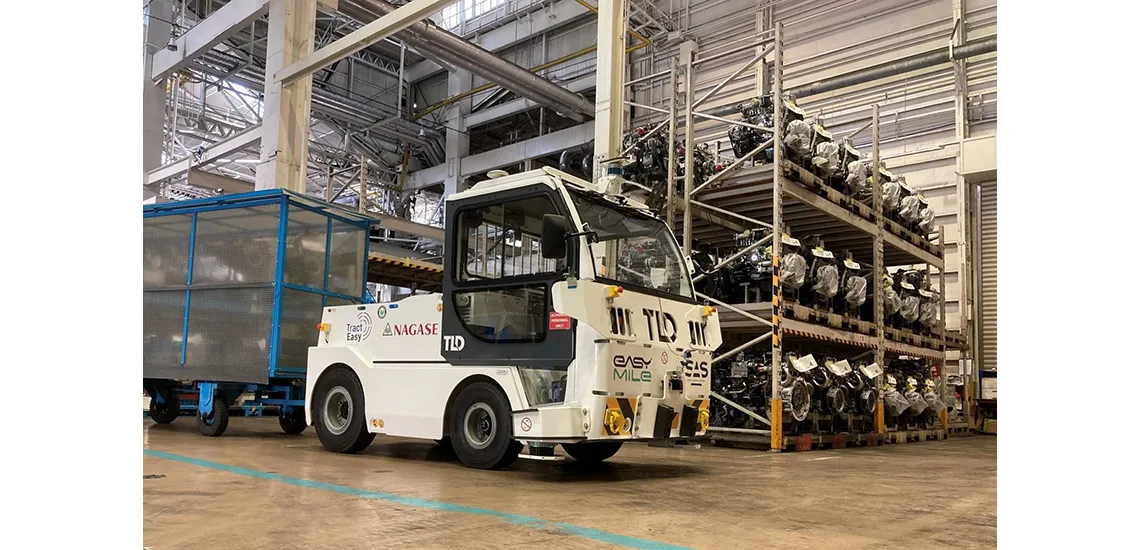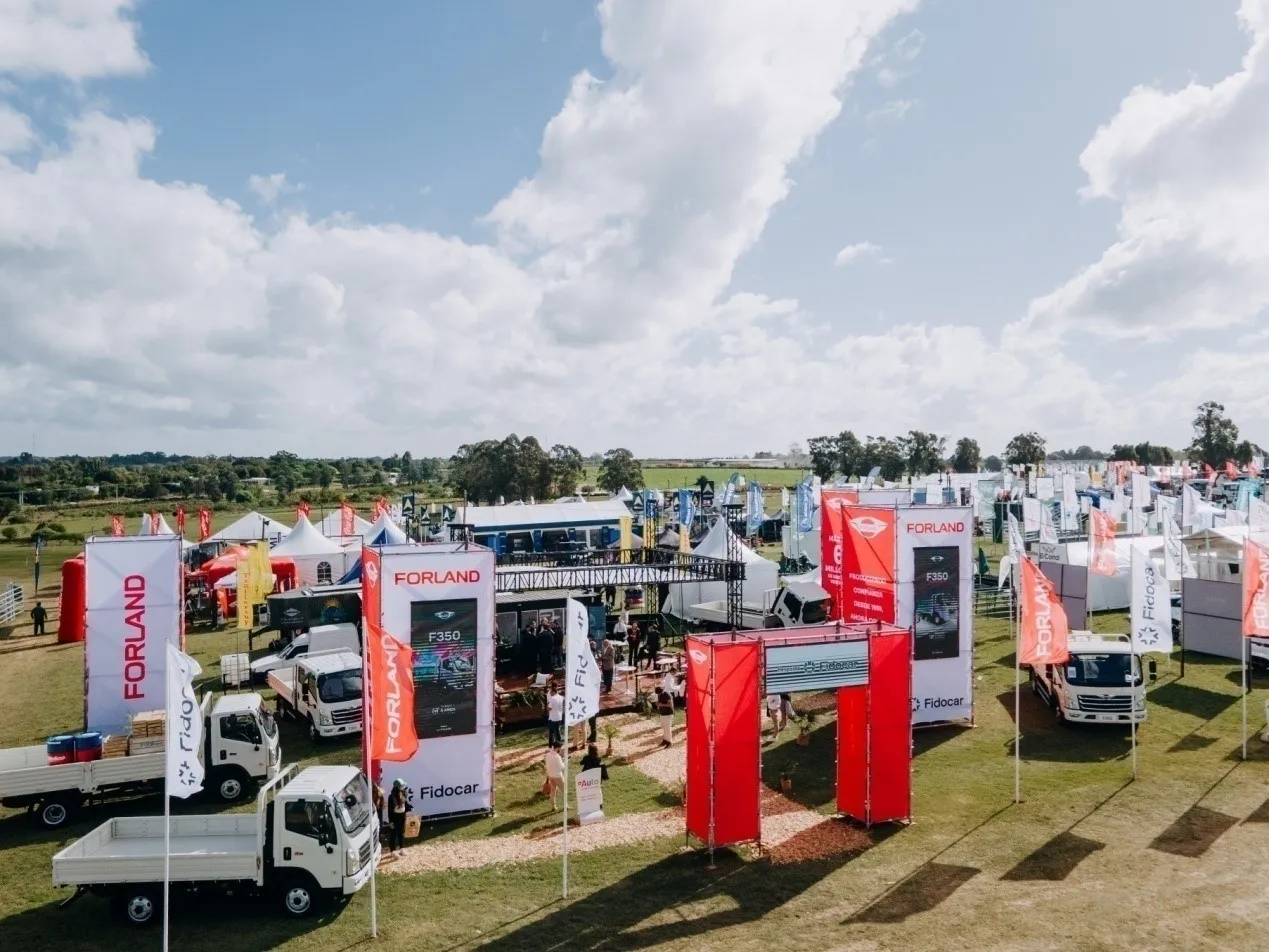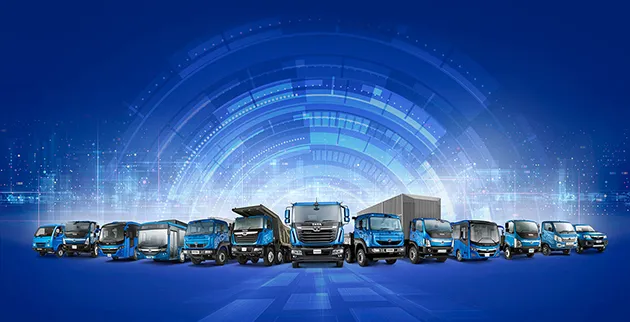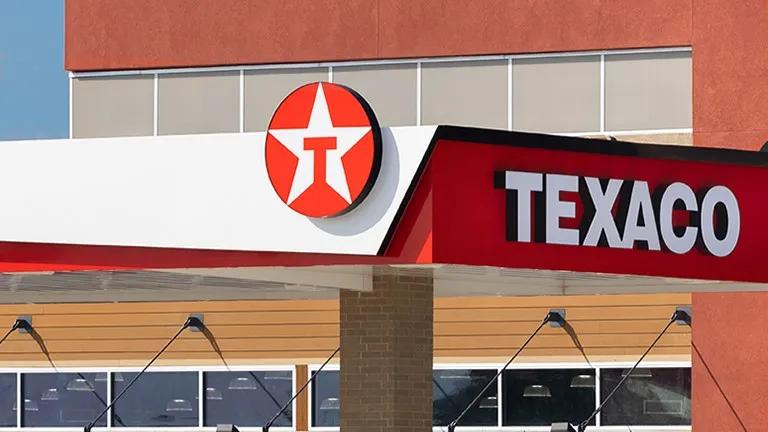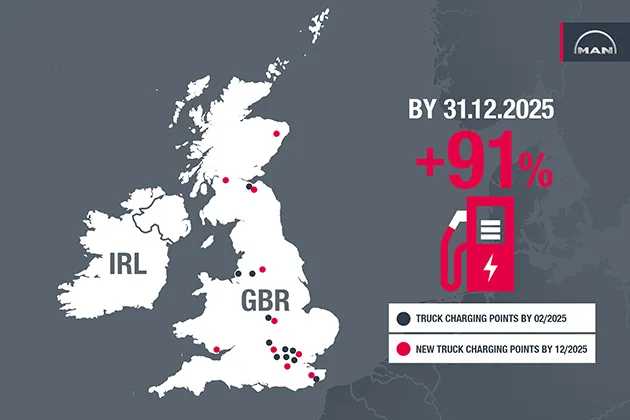The AIT is mainly used for delivering cargo in large areas with few obstacles, such as airports.
MFTBC Uses Autonomous Vehicle for Indoor Delivery of Components
Mitsubishi Fuso Truck and Bus Corporation (MFTBC) has conducted a verification of an Autonomous Intelligent Tugger (AIT) to deliver vehicle components in the outdoor areas of its Kawasaki Plant in October and November 2022.
The verification took place with the AIT running along a 900 meter route between the engine manufacturing building and the vehicle assembly lines. Expected to be used mostly for engine transport, the AIT was tested to see if it could safely move according to the predetermined route without causing production delays or collisions.
The AIT is mainly used for delivering cargo in large areas with few obstacles, such as airports. In Japan, there are not many examples of AIT operation in places such as manufacturing plants, where things are irregularly concentrated. This time, “TractEasy” of EasyMile SAS was selected to verify its application in a truck manufacturing environment. TractEasy’s AIT is in the process of deployment at the Woerth Plant of Daimler Truck, the parent company of MFTBC. With a load capacity of 25 tons, the TractEasy AIT uses a range of sensors and cameras with real-time processing for autonomous hauling. This includes centimeter-precise localisation at any moment, wide-range perception to handle obstacles, and enhanced navigation including vehicle to infrastructure (V2X) communication, predictive control, and decisions at intersections and pedestrian crossings. Powered by electricity, it will also contribute to reducing CO2 emissions at production operations.
Through the verification, MFTBC confirmed the AIT was able to reliably prevent potential risks associated with autonomous driving technology, and stably perform at the maximum speed of 11km/hour on site. To minimise service delays of the AIT due to obstacles, the “X-Area Remote” remote monitoring and teleoperation system of Panasonic Holdings Corporation was used. It was confirmed that a remote operator could seamlessly take control and move the AIT around obstacles, quickly resuming autonomous service.
MFTBC started the “Factory of the Future” project in 2017 to improve efficiency and safety at its plant using the latest technologies. One of the main focus areas is the transportation of goods such as components, which requires a lot of manpower. MFTBC has already begun use of autonomous transportation vehicles for indoor delivery of components. However, outdoor delivery between buildings is more difficult due to weather factors and increased complexity and risk due to randomly placed objects and moving people. The AIT was chosen for verification by MFTBC as a potential solution to these challenges.
MFTBC will continue to consider cutting-edge solutions under the “Factory of the Future” program to maximise productivity and safety at its plants.

